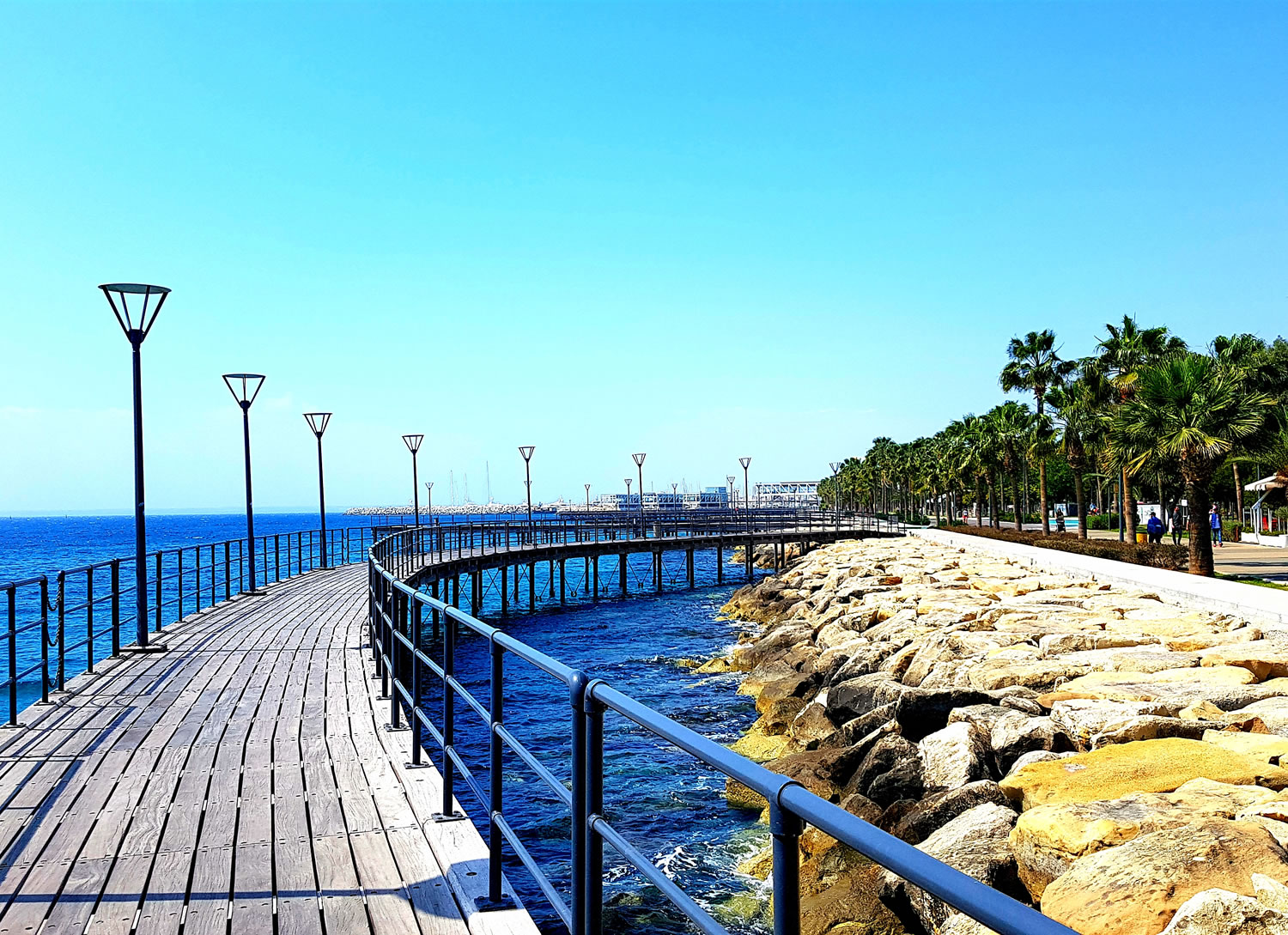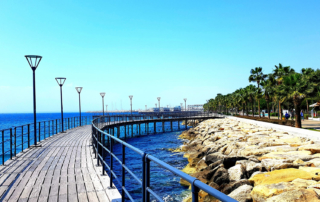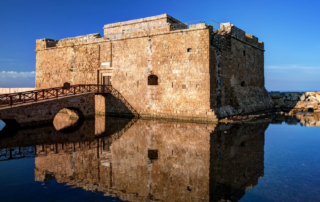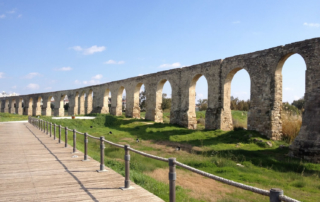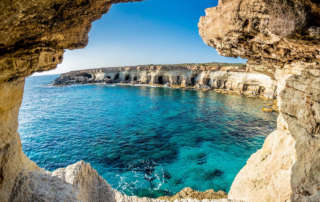Project Description
Limassol
Limassol, the second largest city of the island and lies between two ancient city-kingdoms, Amathous to the east and Kourion to the west. Today Limassol is the island’s main port and the centre of Cyprus wine industry and a major tourist resort. The city is also known for its lively Carnival celebrations and the annual Wine Festival.
Limassol Castle and the Medieval Museum
Built in the 13th century on the site of an earlier Byzantine castle, Limassol Castle has gone through a period of “transition”. According to archaeological sources, the castle was much larger in its original form.
In the Ottoman era it was transformed into a prison and fortress. Legend has it that Richard the Lionheart was married here to Berenguela de Navarra. Repeatedly damaged by the Venetians, the castle has been rebuilt and is now open to the public
Today the castle houses the Cyprus Medieval Museum whose exhibits include medieval pottery, superb silver Byzantine era plates, tombstones, weapons, crosses, coins and much more.
Archaeological Museum
The museum houses a rich and notable collection of antiquities from the Neolithic age to the Roman period.
The exhibits are housed in three rooms which are divided into three main categories.
The first room contains pottery from different historical periods, the middle room has coins, jewellery, lamps and a variety of copper tools and objects. The third room has sculptures, tombstones, inscriptions and other marble artefacts.
Great Mosque and Ayia Napa Cathedral
The Kebir Mosque was built in the 16th century. It is a place of worship for Turkish and Muslim Cypriot residents and is also open to the public, appropriate clothing must be worn, and shoes must be left at the door.
The Ayia Napa Cathedral was built towards the end of the 19th century and early 20th century, replacing an older 18th century church. It is dedicated to the Virgin Mary. According to tradition, it took its name from the icon of the Virgin Mary that was found in the valleys (Napa in Latin means glen). Another source says that the church owes its name to a temple built in the Frankish period, dedicated to the Holy Nappe of St Berenice, known by the name of Saint Nape.
It is an impressive white building surrounded by two towers with a soaring central dome.

